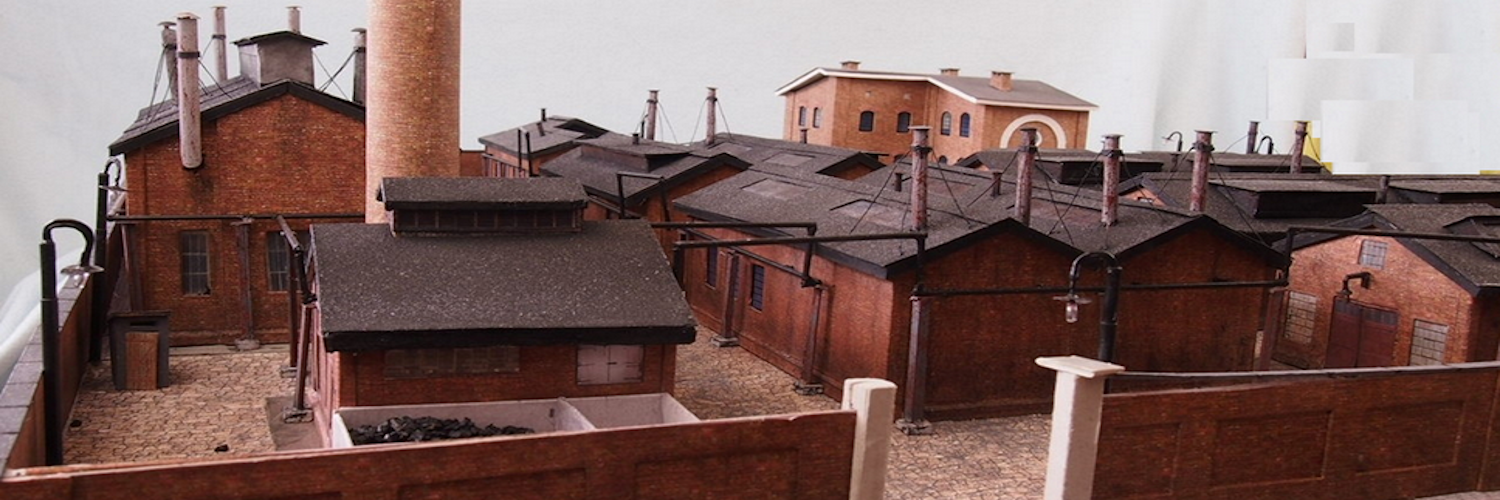Multi-Functional Audio Player
What’s In This Page
step by step guide for making a simple audio module that starts automatically when powered up.
If you are using a phone, at the bottom of the page there are links to many supplies for modelers. Otherwise those links are in the sidebar to the right. You can also find other information by using the search function that is in the navigation bar above.
Also In Addition To What’s In This Page, What This Site Can Do For You
If you are a model train enthusiast, modeler, diorama maker, or interested in making Arduino projects the easy way, there is categorized information for you here. Click Here.
The Latest Information
Anything new and page updates are posted on X (formerly Twitter), Rumble and Facebook.
It is easy to keep up with the latest by following us on either of them.
Free Help
Features
- Will play on local speakers
- Can play on remote Bluetooth device such as speaker and earphones
- Sound can be amplified
- Will play stereo
USES
This module has wide use in audio animation projects.
- Play background sounds in a scene – rolling thunder in a thunderstorm for example
- Play Carols on your Christmas village.
- Play audio when called for by an Arduino program.
- Use it in greeting cards to play personalized audio messages or music when the card is opened.
- Create audio guides for museums, galleries, or historical sites. When visitors arrive and power up the device, it can automatically start playing information about the exhibit.
- Use it in interactive exhibits at science centers or educational displays.
- For businesses, use it for automated announcements or advertising when a door sensor is triggered.
- Create reminder devices for tasks or medication. When it’s time for a specific task, the device can play a pre-recorded message or alarm.
- Build a DIY alarm clock with custom wake-up sounds or music.
- Install it in a model vehicle or remote-controlled toy to provide realistic engine sounds or instructions.
- Combine it with a microcontroller and a microphone to create a simple voice assistant that can respond to voice commands or questions.
- Use it in sensory toys for children with audio cues that activate when they interact with the toy.
- Develop training aids for language learning, musical instrument practice, or even pet training.
- Incorporate it into interactive art installations where sound is an integral part of the experience.
- Use it to create a custom doorbell sound or message that plays when someone approaches your door.
- Pair it with motion sensors or cameras to play an alert or message when motion is detected.
- Implement it in props or costumes to play relevant sound effects automatically.
- Build educational toys for children that provide audio explanations or stories when certain components are manipulated.
- Use it in music projects to play loops, samples, or background music.
- Create novelty items like singing cards, talking toys, or prank gadgets.
The Board
 When the board is powered up it automatically plays the sounds that are recorded on the SD card.
When the board is powered up it automatically plays the sounds that are recorded on the SD card.
Parts
You need:
- 3 pin screw terminal x2
- 2 pin screw terminal x 1
- SD card 32 GB
- Dupont pin socket
- DFMini player
- 2 .5w 50 ohm speakers
- Circuit Board
You can get the circuit board alone or the circuit board with all the parts here.
Assembly
 All that you have to do is insert the elements in the proper holes and make simple solder joint to fix them in place.
All that you have to do is insert the elements in the proper holes and make simple solder joint to fix them in place.
No programming is required.
The screw terminals can be joined Using the slots on the sides. Join the 2 3pin Screw Terminals so that you have a terminal strip of the right length.
Insert the Screw Terminal Pins into the board and solder them in place.
The Player pins get inserted into the Dupont Pin Sockets. So you must cut the pin sockets to a length that matches the number of pins on the Player. That is 8 pins.
As an aid to keeping them vertical in relation to the circuit board, insert the player pins into the pin sockets. Solder the pin sockets in place.
Be sure that the slot for the SD card is oriented just as you see in the image.
Now you are ready to make the external connections.
Connect 5 v DC power to +5v and GND. Do that via a switch or another Arduino board. When the unit is powered up it automatically starts playing.
You can see how that is done with another Arduino board here.
RX and TX are connection using Bluetooth. How to use a Bluetooth speaker with a DFPlayer mini is here.
ACC1 and ACC2 output +5v when the player is running. They are used to start other accessories when the unit is powered up.
S+ and S- go the the + and – connections on your speaker, respectively.
Speakers
In practice, the S+/S-set can be used for stereo,. This image shows wiring for stereo.
Speakers must be 3 Watt or less.
Amplifier
3 Watt 8 Ohm speakers should give you plenty of volume. If you want more, use a 5 volt amplifier. How to do that is here.
Operation
Load your sounds on the SD card using the procedure here.
Insert the card firmly into the slot.
With that done, every time the unit is powered up, it will play the sounds.


